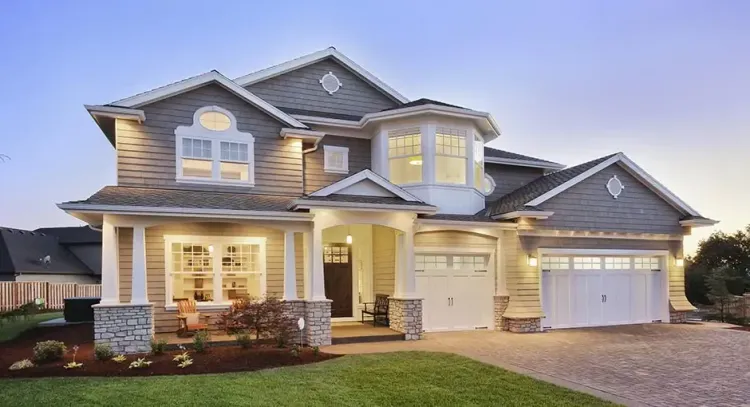Any home with two or more residents suffers from a common plague. It’s not a disease, but it causes tension that can grow and fester over the years. It can lead to deep-rooted resentment and heated family rows. The cause? The thermostat. No two human beings in the world ever feel the same level of comfort in a house. When one person is upstairs and one is down, there will be battles. When one person uses the basement as a work or rec space, there will be battles. When one person goes to bed before everyone else, there will be battles. Hot spots and cold spots throughout the house are magnified by the personal preferences of the people in those rooms, causing an endless cycle of strife.
Blame Your System, Not Your Family
While it can be easy to toss blame at the family member whose hand is most frequently adjusting the thermostat, the problem doesn’t lie with the people in the home. Instead, the problem lies with outdated, single-switch technology.
Think about your home in July. In the summer months, it can feel as though you hit a physical wall of heat and humidity when climbing the stairs, even if you have your thermostat set to sixty degrees. Heat rises, and the second floor will always be warmer because of it. What’s the usual solution? Turn the thermostat back before bed, which means waking up to a frozen first floor. There just hasn’t been an easy way to balance it out.
The same holds true in the winter months. While the kids may be toasty warm on the couch in the den, mom is upstairs under a pile of blankets, shivering through the evening. This endless cycle of discomfort leads to constant thermostat battles, and endless stress over the cost of utility bills.
A Practical Solution for Hot and Cold Spots
Fortunately, there is little need to suffer through hot and cold spots. Thanks to home zoning with split systems, every member of the family can be comfortable, and rooms that aren’t in use, don’t need to be cooled or heated at all.
Home zoning provides room-by-room comfort while reducing energy costs. Vacant rooms won’t eat up electricity, and those that are in use have the benefit on a thermostat that controls that particular zone. These systems use a combination of indoor and outdoor units, connected by a conduit. Because there is no ductwork, conditioned air does not have to travel great lengths to reach its destination, which means rooms reach their desired temperature quickly, and they hold that temperature longer.
Not only is home zoning practical but solutions are entirely customizable. There are a variety of systems to choose from based upon the individual needs and comfort goals of a family. They are simple for contractors to install, as they don’t require the wall space of ductwork. The indoor units can also be placed to blend in with the aesthetics of the room, which means they are hardly noticeable once in place.
Sources:
https://www.energystar.gov/products/heating_cooling/ductless_heating_cooling
This article and its content are sponsored by Mitsubishi Electric US Inc., Cooling & Heating Division.









